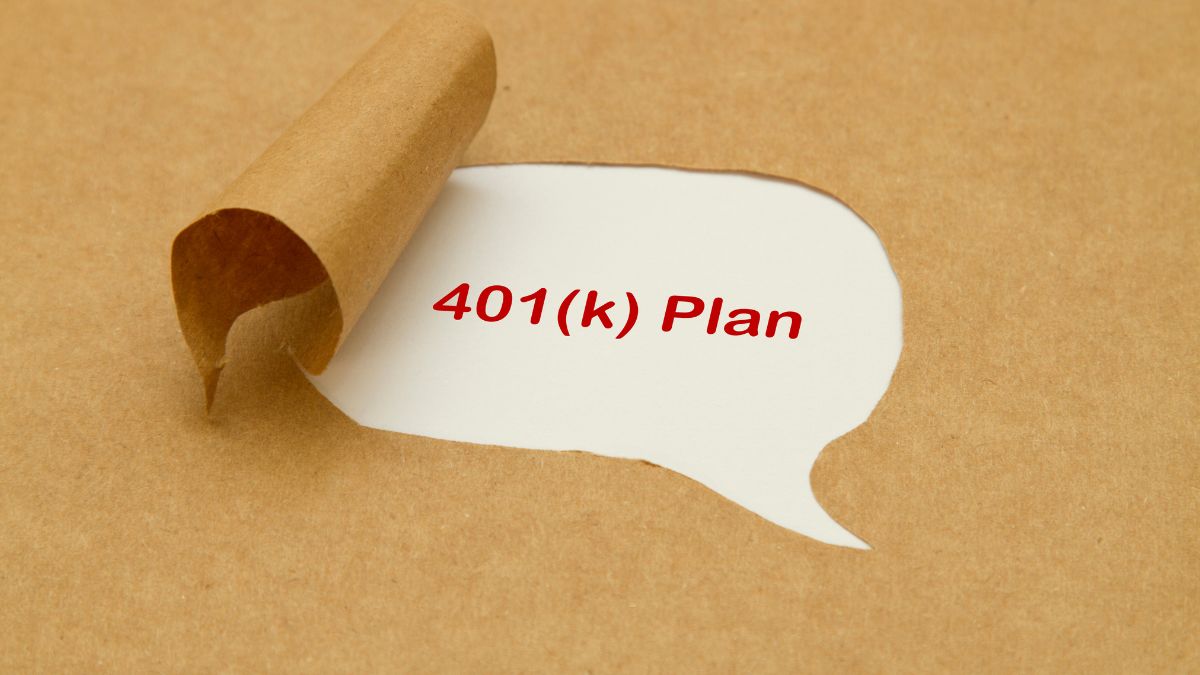Save Money
Don’t Leave Your Old 401(k) Behind! Here’s Why (and How to Fix It)

If you’ve switched jobs a few times, there’s a good chance you’ve left a 401(k) sitting with a past employer. Don’t worry, you’re not alone. Millions of Americans have “forgotten” retirement accounts floating around, sometimes worth thousands of dollars that could be growing for you.
So before you move on to your next job, here’s why you shouldn’t ghost your old 401(k). Plus, how to find, move, and maximize it!
1. Find Your Missing 401(k)s
If you don’t remember where all your old accounts are, there are easy ways to track them down.
- Start with your past employers: The HR or benefits department can tell you whether your account is still active and which 401(k) company manages it. This will be the most straightforward way.
You can also:
- Check the National Registry of Unclaimed Retirement: It’s a free database that lets you search using your Social Security Number.
- Check the National Association of Unclaimed Property Administrators: This is in case your employer might have sent your money to the state’s unclaimed property fund. Hit the “Find Your Property” button, and you can search by name, city, and state. When I checked my name, I found $0.83 from an old bank account. Not worth my time to claim in this case!
- Search the Department of Labor’s “Abandoned Plans” database: If a company went out of business or merged, your plan might have been moved somewhere else.
- Look for old statements or emails: Sometimes the name of the investment firm, like Empower, Fidelity, or Vanguard, can point you in the right direction.
Once you’ve tracked everything down, you’ll know exactly how much money is sitting there waiting for a better home.
2. Why Leaving It Behind Costs You
You might think, “Eh, it’s fine where it is, it’s still invested.” But here’s the problem:
- You’re most likely paying higher fees: Many employer plans charge administrative and fund fees that quietly eat your returns. Even a 1% difference in fees can cost you tens of thousands of dollars over decades.
- You have less control: Once you leave a company, you can’t contribute more or easily adjust investments. You might be stuck with limited fund choices or outdated allocations.
- You might even lose track of it completely: Companies merge, records change, and if you move or change emails, that money can easily fall off your radar.
So TL;DR: leaving your 401(k) behind means paying more, getting less, and risking it slipping through the eventual cracks.
3. Roll It Over! It’s Easy
The best way to take charge is to do a 401(k) rollover, moving your old account into an IRA (Individual Retirement Account) that you control. Here’s how:
1. Open an IRA
Either Traditional or Roth, with a brokerage like Fidelity, Vanguard, Charles Schwab, or Betterment.
2. Contact your old 401(k) provider and request a “direct rollover.”
This ensures your funds move straight to your IRA without taxes or penalties. Sometimes you can initiate a rollover with your IRA platform as well. For example, I began my rollover directly with Fidelity because I chose it as the new home.
3. Choose Your Investments
Once the money arrives, you can pick diversified, low-fee funds, like index ETFs that match your goals and risk tolerances. I personally have mine in VTI (Vanguard Total Stock Market Index Fund ETF) and VXUS (Vanguard Total Stock Market Index Fund ETF), but research what can work best for you.
Pro tip: Always ask for a DIRECT rollover, not a check made out to only you. If the money passes through your hands, you’ll have only 60 days to deposit it or risk taxes and penalties.
In my case, they mailed a check to me, but in the Pay to the Order of section, it said: Fidelity Management Trust Company FBO Alice Ly. FBO stands for “For the Benefit Of”. So I was able to deposit this check straight into the Fidelity app. You don’t want the check to ONLY list your name, it needs your new brokerage’s name as well if you don’t want to get taxed.
4. Don’t Forget About Employer Stock or Loans
If your 401(k) included company stock, rolling it into an IRA might change how it’s taxed later (this is called “Net Unrealized Appreciation”). It’s worth asking a tax professional whether it’s better to roll that stock separately.
And if you had a 401(k) loan you never repaid before leaving the job? Unfortunately, it’s usually treated as a taxable withdrawal. Another reason to check your account before you move on to the next job!
5. Keep It All In One Place Going Forward
Once your old accounts are consolidated, managing your retirement becomes way easier. You’ll be able to:
- See your full investment picture in one dashboard
- Cut down on duplicate or high-fee funds
- Make rebalancing and future planning simpler
Some brokerages even offer rollover concierge services where they handle the paperwork and calls for you if it gets too confusing for your first time!
The Money Move
Your old 401(k)s might feel like small leftovers from previous jobs, but together they could be worth a serious chunk of your future wealth. Don’t let them collect dust or get eaten up by fees!
Take a couple of hours to track them down, roll them over, and get your retirement money working hard so you don’t have to worry about it later.
Read more:
Roth vs. Traditional IRA: Everything You Need to Know

